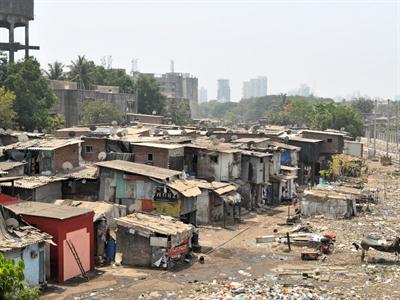
PUMPA - SMART LEARNING
எங்கள் ஆசிரியர்களுடன் 1-ஆன்-1 ஆலோசனை நேரத்தைப் பெறுங்கள். டாப்பர் ஆவதற்கு நாங்கள் பயிற்சி அளிப்போம்
Book Free DemoHuman settlement is always directed by individuals and societies' needs, such as the need for food, water, defence, and access to commerce.
A settlement is a place where people live and are involved in productive activities such as agriculture, trading, and entertainment. Settlements can range from a small single house in a remote area to a large megacity (a city with over 10 million residents).
It may be a permanent or temporary settlement. A refugee camp is an example of a permanent settlement. Based on the type of activities carried, settlement can be broadly classified into rural and urban settlement.
A rural settlement is a community that is highly dependent on primary activities such as agriculture, lumbering, fishing and mining. In contrast, urban settlement is dependent predominantly on secondary and tertiary activities such as industries, trade and banking.

Huts in Mumbai Dharavi
As you know, the city has a much higher population than that of a small village because there is a strong correlation between the functions, size of the population, and population density. A rural settlement tends to have a small population and low population density. Urban settlement often has a large population size and high population density.
The actual rates at which people started relocating to urban areas (urbanisation) have continued to increase over time. An increase in populations in almost all countries of the world intensified the urbanisation effect. In 1950, less than 30% of the world’s 2.5 billion people lived in an urban setting. By 1998, the number of people on earth had grown to 5.7 billion, and 45% of them lived in cities. As per UN estimates, by 2025, there will be 8.2 billion people on earth, and more than 60% of them will live in cities (UNFPA 2013; WHO 2014).
Site and situation refer to the location of the actual settlement. The initial choice of a site for a settlement depends on how it is useful for meeting our daily needs, like water supply, availability of farmland, building material and fuel etc.,
In the early periods of human settlement, houses were built using materials that were locally available. If we take a closer look, all these houses are closely related to the environment of the region. In the rural areas of Tamilnadu, where agriculture is the main activity, you might have notices houses built with mud walls and roof is made of Stalks of paddy or other crops of grass or thatch. Woods of locally available trees were used to provide a frame for the roof. Such old houses had wide verandahs and open-air circulation. The size of the house depended on the economic status of its inhabitants.